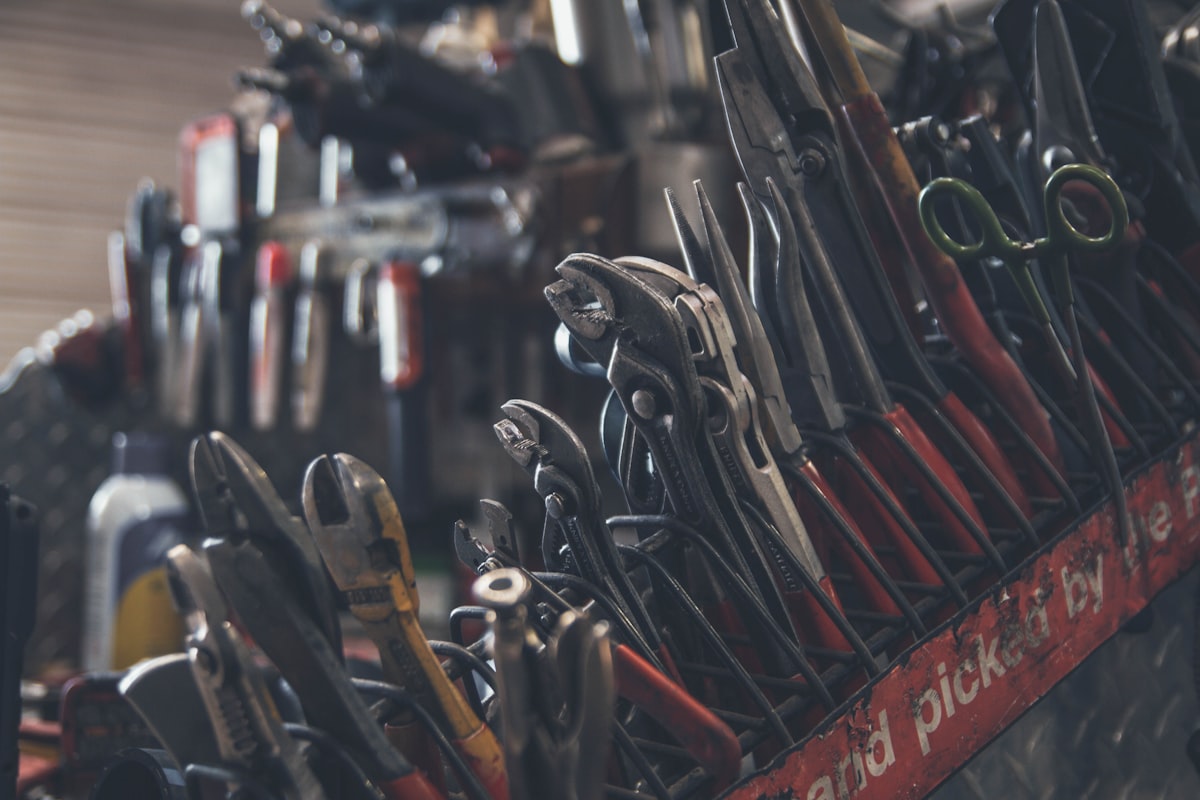Understanding the Phillips Screw
The Phillips screw, a common fastener in many woodworking and metalworking projects, was invented in the early 20th century. It’s characterized by a cross-shaped slot on its head, designed to work specifically with Phillips screwdrivers. This design makes the Phillips screw one of the most widely used screws in various industries.
History of the Phillips Screw
The Phillips screw was invented by Henry F. Phillips. Initially, John P. Thompson first had the idea of a cruciform-recessed screw design, but he lacked resources to bring it to market. Phillips recognized its potential and acquired the rights in the 1930s. He made several modifications to improve the design and introduced it to automotive manufacturers. By the 1940s, the Phillips screw was standardized for production, thanks to its ability to be driven with greater torque and self-centering capability.

Design and Functionality
The Phillips screw’s cross-shaped slot allows the screwdriver to self-center, reducing the risk of the tool slipping out. This self-centering attribute is particularly useful for automated screwdrivers, which became common in assembly lines. The design also allows a higher torque to be applied without damaging the screw, making it suitable for a wide array of materials and applications.
Comparison with Other Screw Types
- Flathead Screws: Feature a straight, linear indentation. They are easier to strip if not aligned properly.
- Torx Screws: Have a star-shaped depression which offers better torque than Phillips screws but requires specific tools.
- Hex Screws: Use an internal hexagonal drive. They distribute force more evenly but need hex wrenches.
Each screw type has its advantages, but the Phillips screw offers a balanced performance with broad tool compatibility.
Applications in Various Industries
The automotive industry was among the first to adopt the Phillips screw, thanks to its efficiency in assembly lines. Today, it is widely used in electronics, construction, and even household items. Its ease of use and reliability makes it a favorite choice for manufacturers and DIY enthusiasts alike.

Advantages of the Phillips Screw
- Self-centering design reduces tool slippage
- Can endure higher torque without being damaged
- Widely available and compatible with many tools
- Efficient for both manual and automated tool use
Often favored in high-volume production settings, these advantages offer considerable productivity benefits.
Challenges and Limitations
Despite its many benefits, the Phillips screw isn’t without drawbacks. One significant issue is the potential for cam-out, where the screwdriver slips out of the head under high torque. This can wear down the screw head. Additionally, over-tightening a Phillips screw can strip its head, making it challenging to remove.
Tips for Using Phillips Screws
- Ensure the screwdriver head fits snugly to reduce slippage.
- Use the correct size to prevent stripping the screw head.
- Avoid overtightening to maintain the screw’s integrity.
- For power tools, adjust torque settings to appropriate levels.
Innovations and Future Prospects
The popularity of the Phillips screw has led to innovations, like the development of the Pozidriv screw, which offers better torque and reduced cam-out. As manufacturing technologies advance, so too might the designs for fasteners, potentially leading to even more efficient and specialized types of screws.
The Phillips screw remains a cornerstone in fastening technology. Its balance of ease of use and efficiency continues to make it an essential tool in multiple fields. By understanding its history, design, and usage, one can appreciate its role in modern manufacturing and daily life.
“`


Subscribe for Updates
Get the latest articles delivered to your inbox.
We respect your privacy. Unsubscribe anytime.